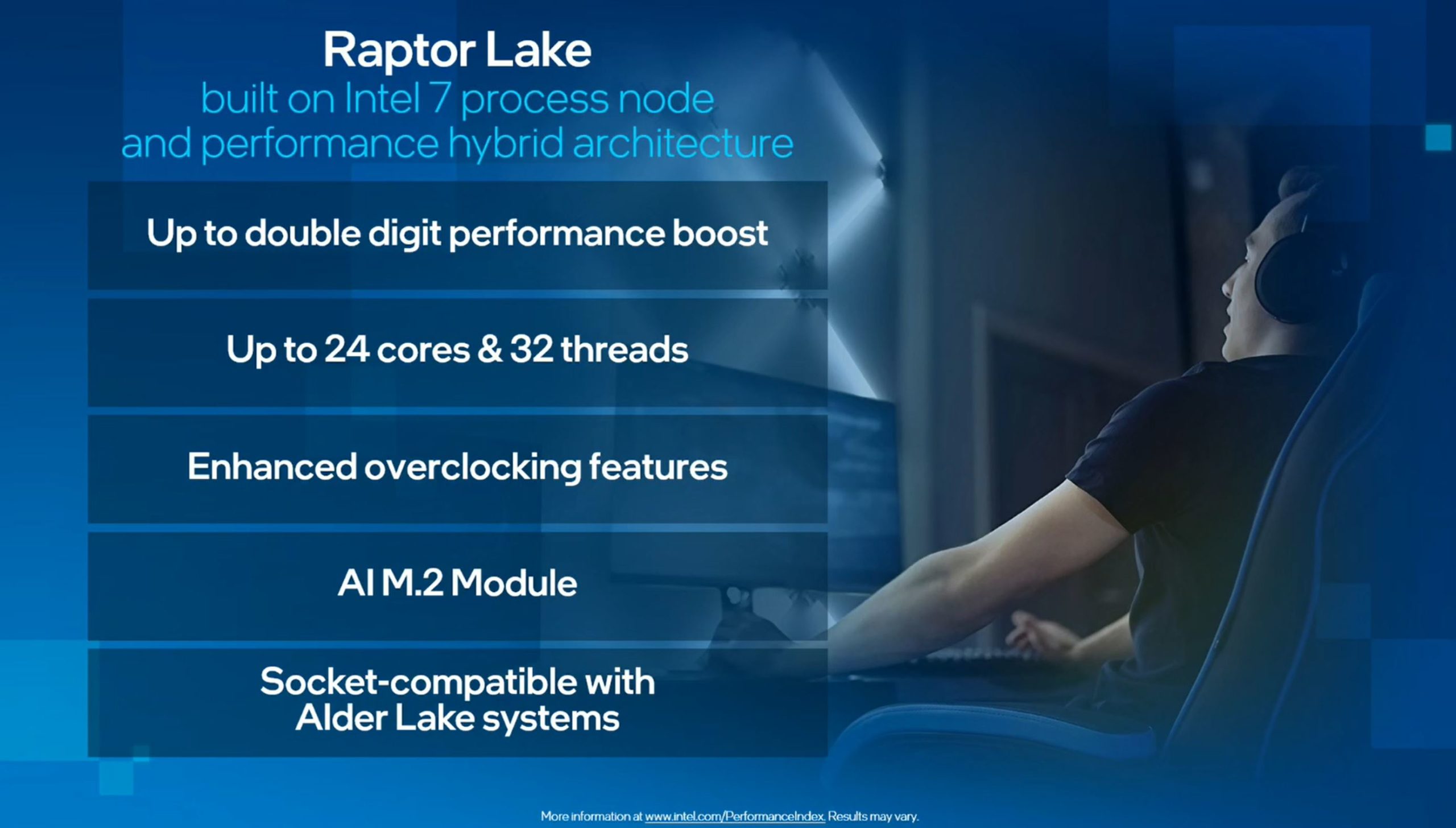
Just a few days ago we already told you that Intel Raptor Lake-S targets double-digit performance gains with respect to the current generation, the twelfth, of Intel Core. And although we will still have to wait a few months for its official presentation and its arrival on the market, the information that is reaching us about it not only confirms that theory, but even allows us to quantify it. And, if the prediction is fulfilled, the jump can be spectacular.
And it is that, as we can read in Wccftech, the processors of the thirteenth generation of Intel Core will be able to offer up to 15% performance improvement per threadwhich would increase to a spectacular 40% multithreaded. This increase would be the consequence of the assembly of the new Raptor Cove cores, but also of some improvements introduced by Intel in the Gracemont, that is, those of efficiency, which would also add an extra performance that would contribute to that 40% improvement in multithreading. .
Additionally, of course, we must also take into account that for the Raptor Lake-S flagship chip, the Intel Core i9-13900K, the company would have opted for eight high-performance cores (Raptor Cove) accompanied by no less than another 16 cores of efficiency (Gracemont), thus throwing a total of 32 threads, compared to 8+8 (with a total of 24 threads) found in the Intel Core 9-12900K. An increase to eight cores and eight threads that will undoubtedly show up in multithreading. A set to which, in addition, we must add the up to 68 megabytes of L2 + L3 cache that could arrive with Raptor Lake-S.
A striking aspect of this information is the one that refers to hypothetical improvements to Gracemont cores, along with the mention that both these and the performance ones will experience an increase (not very pronounced, yes) in their clock frequencies. Will Intel have managed to squeeze some performance out of the efficiency cores without affecting their consumption or the temperature they generate?
If so, however slight this increase may be, I personally think it would be one more example that Intel’s commitment to the hybrid model, and especially to focusing on efficiency, is a success, which on the other hand is something that we have been seeing for years in the ARM architecture.
Some voices, although few at the moment, point to the leap in performance that Raptor Lake-S will mean compared to Alder Lake-S, which in turn also meant a very important technological leap compared to the eleventh generation, could urge AMD to speed up its schedule. And no, I am not referring only to the advancement of the Ryzen 7000 with Zen 4 to the third quarter of this year, but to more ambitious plans, not only to take on the Raptor Lake-S, but also Meteor Lake-S, which will see the electricity in 2023, putting those from Santa Clara against the ropes.
Thus, rumors suggest that Zen 4 will arrive weeks or months before Raptor Lake-S, and that AMD could try to speed up the arrival of Zen 5 by 2023, in time to compete with Intel’s 14th generation. If 2021 was a very interesting year in terms of processors, it seems that 2022 and 2023 are not going to fall short either.




